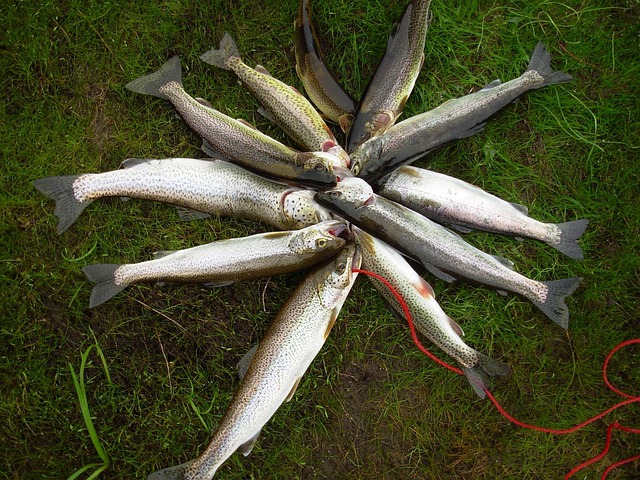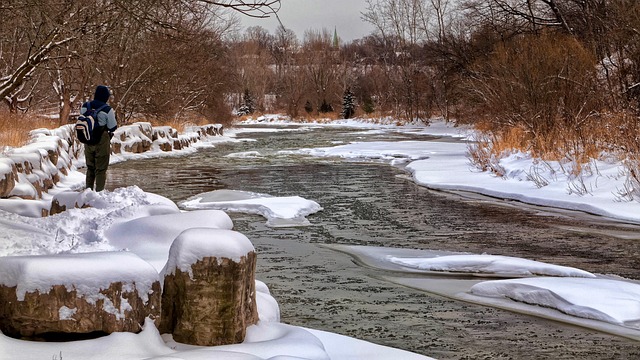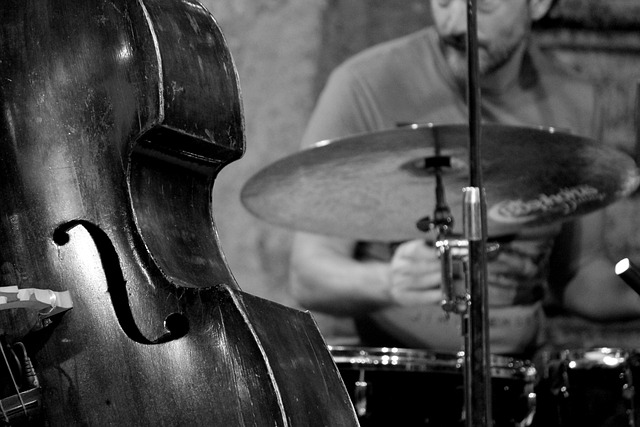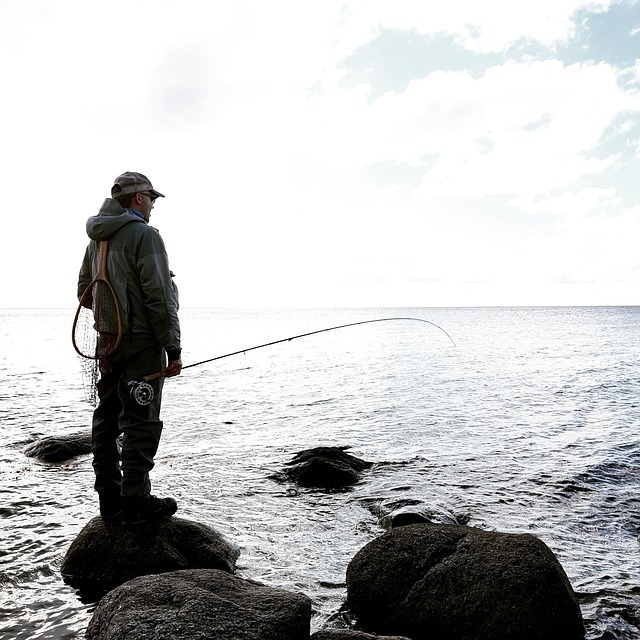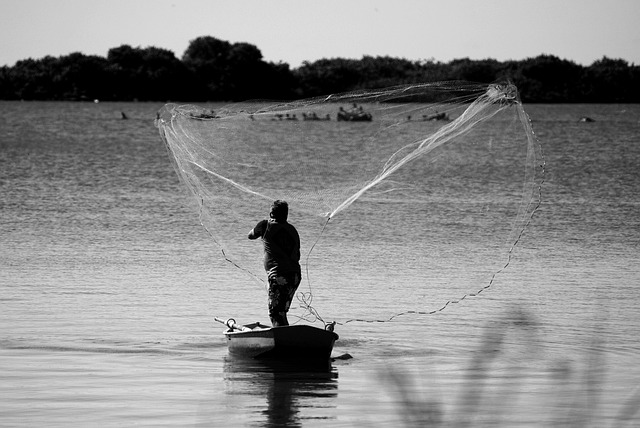The McKenzie River in Oregon offers diverse fly fishing experiences year-round, with secret spots teeming with wild rainbow and cutthroat trout. Fishers should explore quieter segments with gentle currents and rocky beds, targeting shallow riffles and pools. Spring brings warm waters and insect activity for dry flies, while summer is ideal for nymph fishing. Autumn sees cooler temps encouraging fish to shallower areas. Adapt techniques for variable currents and use local knowledge for successful fly selection and casting skills.
Uncover the best spots along the scenic McKenzie River for an unforgettable fly fishing experience. This guide explores hidden gems, seasonal patterns, and expert techniques to help you master the unique challenges of this Oregon river. From rapid-filled riffles to serene pools, learn where and when to target trout, salmon, and steelhead. Discover the secrets to successfully navigating the McKenzie’s currents and enjoy a truly remarkable fishing adventure.
- Uncovering Hidden Gems: Best Spots for McKenzie River Fly Fishing
- Seasonal Changes: When Fish Bite Most on the McKenzie River
- Techniques and Tips: Mastering McKenzie's Fly Fishing Scene
Uncovering Hidden Gems: Best Spots for McKenzie River Fly Fishing
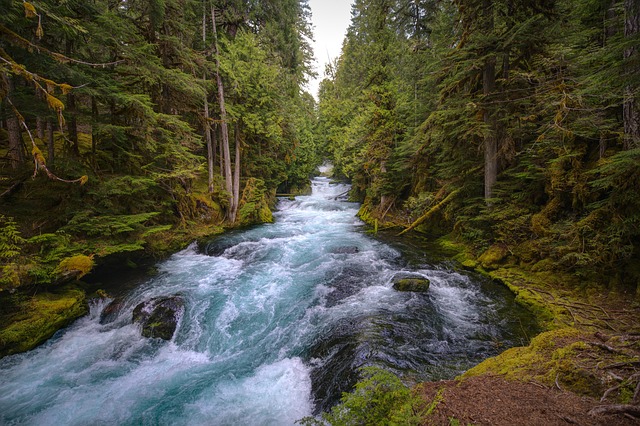
The McKenzie River, winding its way through Oregon’s scenic landscape, is a haven for anglers seeking that perfect catch. While some spots are well-known among seasoned fishers, there are hidden gems along this river that offer unique and rewarding fly fishing experiences. These lesser-explored areas often provide an abundance of wild trout, including the renowned rainbow and cutthroat varieties.
To uncover these hotspots, adventurers should venture beyond the typical tourist spots. Explore the river’s quieter segments, where the current flows gently over rocky beds, creating ideal habitats for trout. Keep an eye out for shallow riffles and pools—these are often where fish lay in wait, ready to feed on unsuspecting prey. With a little exploration, you’ll discover that the McKenzie River is not just about well-known fishing grounds; it’s also about discovering those special places that offer a more intimate and adventurous fly fishing journey.
Seasonal Changes: When Fish Bite Most on the McKenzie River
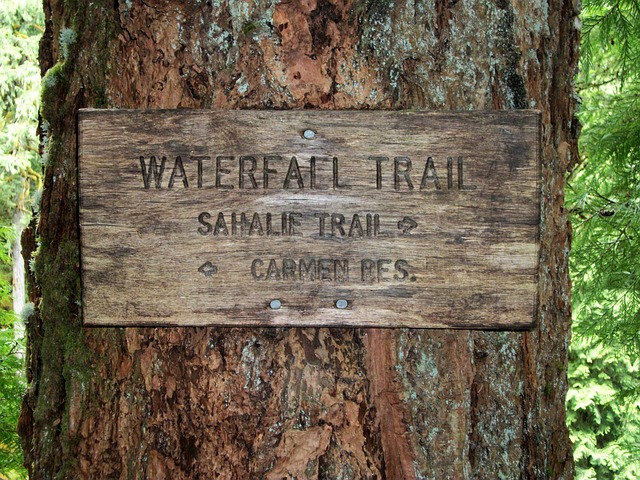
The McKenzie River, a gem for anglers in Oregon, experiences seasonal fluctuations that influence the behavior of its prized fish species. Spring is a particularly exciting time for Mackenzie River fly fishing enthusiasts. Warmer waters trigger an increase in insect activity, attracting trout and salmon to the surface. Anglers can take advantage of this by using dry flies to mimic the abundance of mayflies and stoneflies.
As summer arrives, the river’s current slows, creating calm pools and eddies where fish rest and feed. This is when nymph fishing becomes highly effective, allowing anglers to target trout aggressively feeding on aquatic insects below the surface. Autumn brings a new dynamic, with cooler temperatures encouraging fish to move shallower in search of food. This shift presents an opportunity for both dry fly and spin fishing techniques, as fish become more active in preparation for winter.
Techniques and Tips: Mastering McKenzie's Fly Fishing Scene
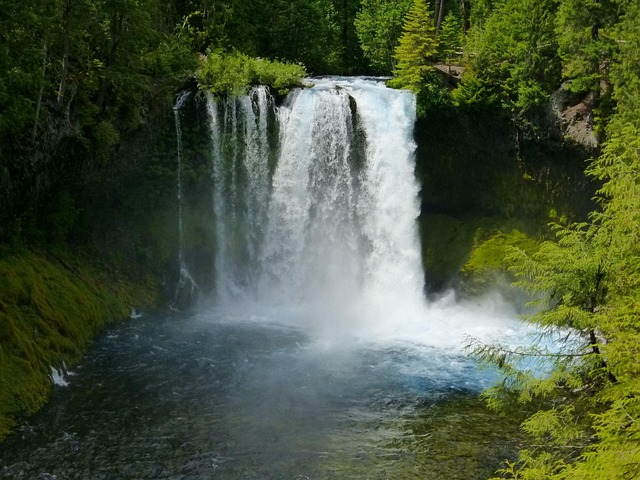
The McKenzie River, known for its crystal-clear waters and diverse aquatic life, presents a unique challenge for fly fishers. To master this environment, adapt your techniques to the local conditions. The river’s current and depth vary significantly, so use lighter tippets to compensate for the faster flows, ensuring precise casts without breaking off. Target specific habitats like riffles, runs, and deep pools, where trout actively feed.
Understand the insect life—mayflies, caddis flies, and stonefly nymphs—that inhabit the river, as these are the primary food sources for trout. Match your fly selection to the hatches; a well-timed presentation can lead to hooksets and memorable catches. Practice accurate casting techniques, such as the roll cast, to navigate the river’s twists and turns without losing line or causing undue excitement in the trout.








